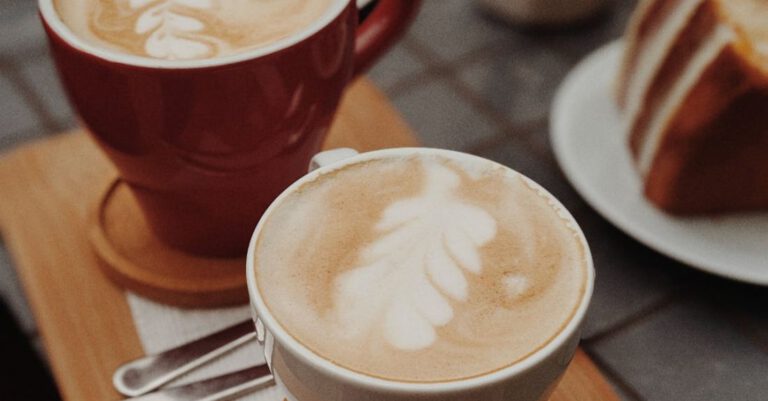
Craft beverages, whether it’s beer, wine, whiskey, or other artisanal drinks, offer a sensory experience that goes beyond mere consumption. To truly appreciate these beverages, one must learn how to taste and evaluate them properly. By developing your palate and understanding the nuances of flavor, aroma, and mouthfeel, you can elevate your drinking experience and gain a deeper appreciation for the craftsmanship that goes into creating these drinks.
Understanding the Basics of Tasting Craft Beverages
Tasting craft beverages is more than just taking a sip and swallowing. It involves engaging all your senses to fully experience the drink. When tasting a craft beverage, start by observing its appearance. Note the color, clarity, and effervescence of the drink. This visual assessment can give you clues about the beverage’s age, ingredients, and brewing process.
Next, move on to the aroma. Swirl the drink in your glass to release its aromas, then take a deep sniff. Pay attention to the different scents you detect, whether it’s fruity, floral, spicy, or earthy notes. The aroma can provide valuable insights into the beverage’s flavor profile and quality.
After evaluating the appearance and aroma, it’s time to taste the beverage. Take a small sip and let it linger on your palate. Pay attention to the different flavors you perceive, from sweet and bitter to sour and savory. Notice how the flavors evolve as you hold the drink in your mouth and as you swallow.
Evaluating the Mouthfeel and Finish
In addition to flavor and aroma, the mouthfeel of a craft beverage is an important aspect to consider. Mouthfeel refers to the texture and body of the drink, including its viscosity, carbonation, and overall sensation in your mouth. Is the beverage light and crisp, or rich and creamy? Does it feel effervescent or flat on the tongue? The mouthfeel can greatly impact your overall enjoyment of the drink.
Finally, pay attention to the finish of the beverage. The finish refers to the aftertaste that lingers in your mouth after you’ve swallowed the drink. Does the flavor dissipate quickly, or does it linger on your palate? Is the finish smooth and balanced, or harsh and astringent? The finish can provide valuable insights into the quality and complexity of the craft beverage.
Developing Your Palate and Tasting Skills
Tasting and evaluating craft beverages is a skill that can be developed over time with practice and experience. To hone your palate and tasting skills, consider attending tastings, workshops, and classes hosted by breweries, wineries, or distilleries. These events can provide valuable insights into the production process, flavor profiles, and tasting techniques specific to different types of craft beverages.
Experiment with different styles, brands, and vintages of craft beverages to broaden your palate and expand your flavor vocabulary. Take notes during tastings to record your observations and track your preferences. By comparing and contrasting different beverages, you can train your palate to detect subtle nuances and appreciate the diversity of flavors present in craft beverages.
Conclusion: Enhancing Your Craft Beverage Experience
Tasting and evaluating craft beverages is a rewarding experience that allows you to engage with the artistry and creativity of the makers behind the drink. By paying attention to the appearance, aroma, flavor, mouthfeel, and finish of a craft beverage, you can develop a deeper appreciation for its complexity and quality. So next time you pour yourself a glass of craft beer, wine, or spirits, take a moment to savor the drink and immerse yourself in its sensory delights. Cheers to a more refined drinking experience!





